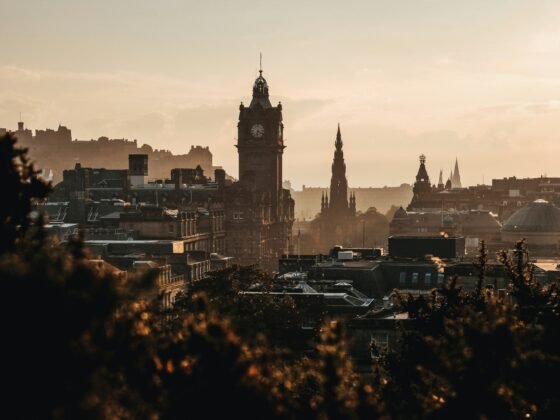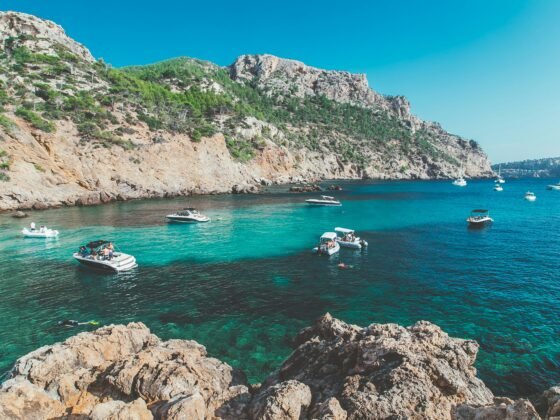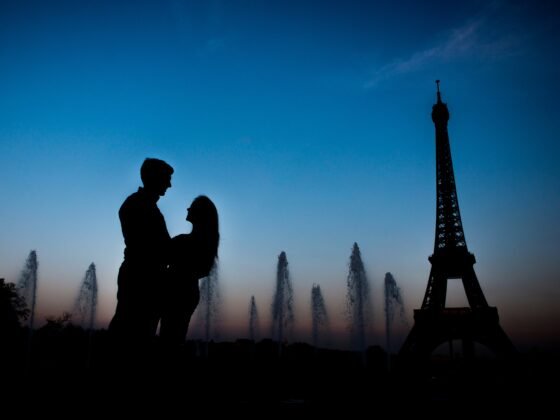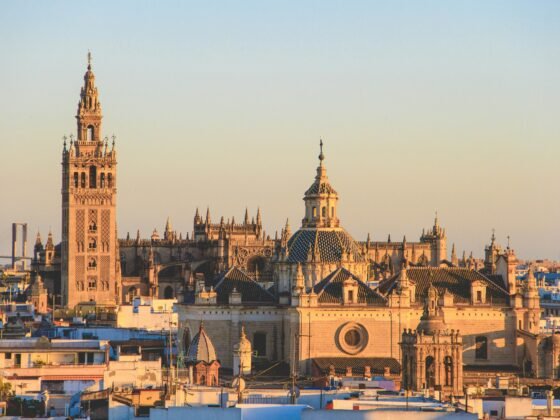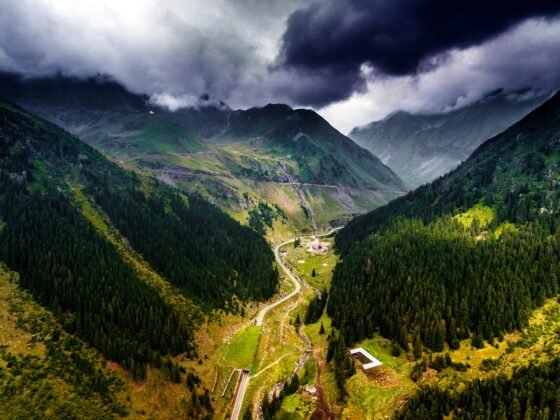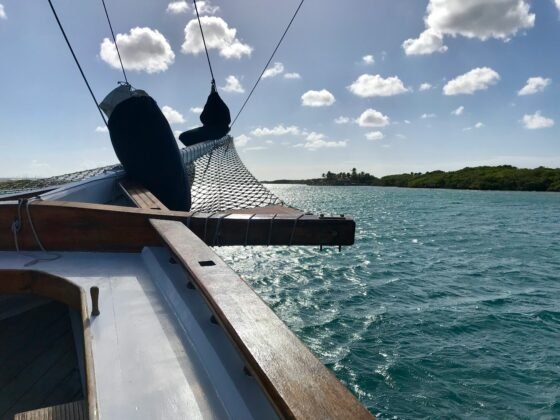
Thousands of hikers attempt to get to the highest point of Africa every year, but, unfortunately, only part of them succeed. To be prepared is half the victory: check out this ultimate Climb Kilimanjaro Guide to gain plenty of useful information on how to prepare for the trip. Likewise, it’s crucial to know what to expect. In this article, we’ll focus on what you need to know if you’re going to scale the great Kilimanjaro.
Things you’ll definitely love
It’s no surprise that Kilimanjaro is so much admired. There are things that make it stand out from other hiking destinations and draw outdoor enthusiasts from all over the world. Let’s take a look at them.
Scaling Kili is technically a walk-up
Great news is that you don’t need any special gear, and you don’t need to be an Olympic champion either. The 5,895 meter high giant is technically easy to climb.
Kilimanjaro’s unbeatable uniqueness
One of the top items in bucket lists of many outdoor enthusiasts, the great Kili is undoubtedly a goal worth striving for. Firstly, at an incredible 5,895 m, it’s the tallest mountain in Africa, and consequently, one of the iconic Seven Summits. Next, Kilimanjaro is the highest free-standing mountain on the planet. Not to mention, it’s a volcano, one of its three cones being dormant, meaning it may erupt. Another thing that makes Kili so unusual is that it’s a snow-capped mountain located only around 330 km from the equator.
There are seven treks to choose from
Although each of them leads to Uhuru Peak, the seven official Kilimanjaro routes are all different. Some are popular and you’re likely to meet a lot of other groups on your way to the top; others are less crowded but less scenic too, some are longer and others are shorter. Go to Follow Alice and find out how to choose the trek that can best meet your needs, and a lot more useful information about climbing Kilimanjaro.
Excellent infrastructure
Although the mountain is located in East Africa, it is easy to access: there are regular flights from Europe that take passengers straight to the Kilimanjaro airport. Ground transportation won’t disappoint you either — as for an African country, it’s quite decent. The same can be said about the hotels and gear rentals around the volcano, the service is good enough. Finally, local porters will carry your baggage, help you with tents and cook excellent meals at an affordable price.
Diverse landscapes and indigenous wildlife
As you ascend Kilimanjaro, you’ll cross five different climatic zones: cultivated farmlands, lush rainforest, heather-moorland zone, Mars-like alpine desert and arctic zone. All of them provide hikers with incredible views and unique vegetation. Kilimanjaro boasts some unusual plants that can be found nowhere else on Earth, for instance, Dendrosenecio kilimanjari — a huge groundsel that can reach a height of 6 m.
Photo: https://unsplash.com/photos/5CRxbgH2_Ek
The sense of personal achievement
Of course, climbing an almost 6,000 meter tall volcano is not only about spectacular scenery and amazing wildlife. It goes without saying that you’re going to face some challenges while scaling the great Kili. And this is what makes the climb beautiful — when you get to the top, you forget about the pain and weariness in your limbs and feel proud of yourself. It is one of the best feelings in the world, indeed.
Things that you’ll probably find challenging
High altitude always means some extra challenges, and you need to be physically and mentally prepared to successfully handle them. So what are the top challenges hikers face while climbing Kili? Let’s take a look.
Inhospitable weather
First and foremost, it’s important to know that you’ll experience a wide range of temperatures while scaling the Roof of Africa. The initial part of the trek lies through a humid tropical forest, with the temperature around 27°C. Then the temperature gradually drops until it reaches freezing -30° in the arctic zone at nighttime. In addition, the temperature dramatically decreases when the sun falls down, no matter which climatic zone you’re currently in. What is more, because of the monsoon that carries humid air from the ocean, there are always high chances of rain or snow on Kili, not to mention high winds.
It’s a very long hike
An average Kilimanjaro climb takes seven days, which makes it not only physically challenging — it requires great patience and mental endurance. You should be ready to sleep in tents (if the route of your choice doesn’t suggest huts), carry your backpack as well as wear your hiking boots for long hours.
There are chances to get altitude sickness, no matter how fit you are
Air oxygen levels are lower at higher elevations, and your body needs to get used to it. This process is called acclimatization. If you don’t give your body enough time to acclimatize, you may experience symptoms of altitude sickness, which can become a medical emergency if ignored.
The symptoms typically develop between 6 and 24 hours after reaching altitudes more than 2,500 meters above sea level. The most common signs of altitude sickness include headache, nausea, loss of appetite, insomnia and dizziness. The first thing you can do to fight altitude sickness is to move to a lower elevation. In case of mild altitude sickness, it’s often enough to take over-the-counter medicines to relieve headaches. Other symptoms will disappear as soon as your body adjusts to the altitude. Actually, most routes are developed in the way to give your organism enough time to acclimatize, and proper acclimatization is one of the major reasons why the ascent takes such a long time.
The summit night is the toughest part
Most hikers agree that taking those last steps towards Uhuru Peak is the hardest part of the entire climb. For starters, this is the coldest and the windiest section of the mountain. Next, due to the immense altitude, there is 49% less oxygen in the air compared to the mountain’s foot, making it hard to breathe. In addition, it’s the steepest batch of the trail. Finally, most groups set off at midnight in order to see the sunrise at the top, and many find it daunting to climb in the dark.





